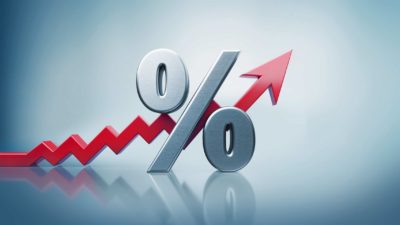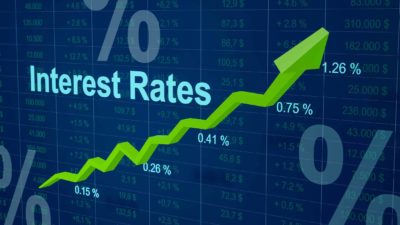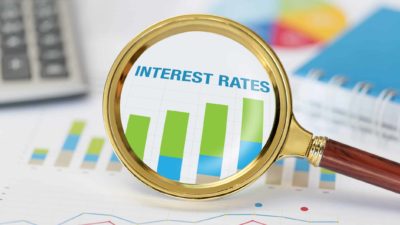The European Central Bank (ECB) surprised markets on Thursday by cutting interest rates for the second time this year.
In its policy meeting overnight, the bank reduced its key policy rate by 25 basis points to 3.5%, its second cut in as many meetings.
This move comes as inflation in the eurozone retreats towards the ECB's 2% target – but concerns over sluggish economic growth continue to loom.
While the ECB's decision wasn't unexpected (many analysts had predicted the cut), the broader question remains: What does this mean for the S&P/ASX 200 Index (ASX: XJO) and Australia's interest rate outlook? Let's take a look.
ECB cuts interest rates again
Interest rates have dominated financial markets since 2022. Now, the ECB is navigating a tricky economic landscape similar to that of many central banks, including the Reserve Bank of Australia (RBA).
The cut, which brings rates down to 3.5%, reflects the ECB's strategy of managing inflation while also trying to support the economy amid weakening growth in the eurozone.
Its decision to lower rates again stems from a mix of factors. Inflation in the eurozone has been gradually retreating, and the ECB is now more focused on shoring up economic growth.
ECB staff now see headline inflation averaging 2.5% this year and dropping to 1.9% over the next two years.
But the bloc – consisting of 20 countries – has been experiencing weakening consumer demand and a slump in manufacturing.
Projections are for just 0.8% economic growth this year and 1.5% over the coming two years.
ECB president Christine Lagarde said the bank will "remain data dependent" in its decision-making going forward. Lagarde did not make any forecasts but said challenges remain.
The recovery is facing some headwinds…The gradually fading effect of restrictive monetary policy should support consumption and investments.
Meanwhile, Bank of America noted the "weakness" in consumer demand in Europe as a major undercurrent in the decision. According to The Australian Financial Review:
ECB president Lagarde was careful not to signal anything at all on what may come in the near future. She insisted that the cut was only a 'step' again, which we would interpret as not being clearly on a normalisation path yet.
If anything, one could take her comments on looking through the likely weak inflation print in September or her renewed emphasis on the December forecast as important to assess the weakness in domestic demand as very soft signals that an October cut is a difficult proposition.
Time will tell where the bloc's interest rates head from here.
What does this mean for Aussie investors?
For Australian investors, the ECB's actions might prompt some to wonder about the future of interest rates in Australia.
With the Australian cash rate at 4.35%, the local environment remains quite different from the eurozone, which is grappling with slower growth and lower inflation.
This higher rate, combined with Australia's relatively strong economic data, suggests that the RBA may not be in a hurry to follow the ECB's path of easing monetary policy.
But the RBA has signalled that rate hikes could be largely behind us, depending on what inflation and employment rates do.
For now, though, it is unlikely the ECB's cut will directly impact shares in the ASX 200.
But no matter the path of interest rates, experts continuously agree that staying invested in ASX shares for the long term – including through recessions – is perhaps the best way to participate in the long-term prosperity of the market.
Foolish takeaway
The ECB's second rate cut in 2024 could be a signal that global central banks are shifting their focus from inflation control to economic growth.
While this is very early days, it will be interesting to see what happens next. For now, the RBA has signalled no such changes.









